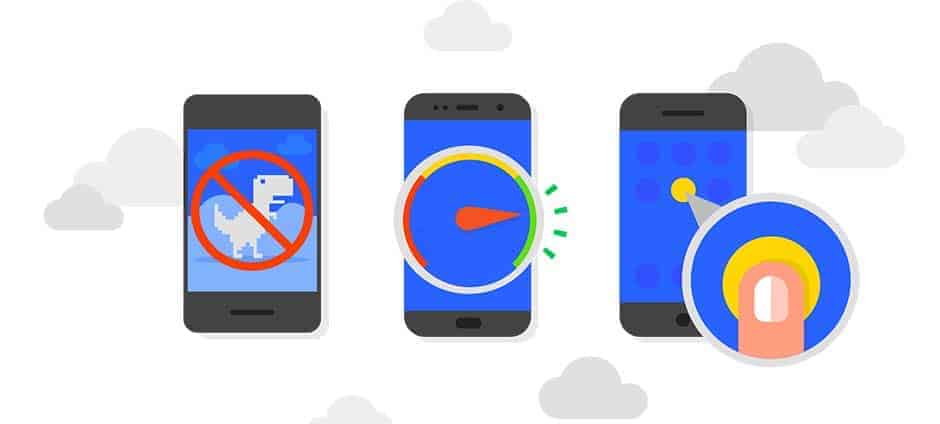Progressive Web Apps – PWA. What is it and how do you use it?
You don’t know what a “Progressive Web App” is?
Progressive Web Apps – PWA. Most likely you’ve used it before. PWA is a term that is currently a big topic among app developers. However, it is often difficult for users on the Internet to understand exactly how these apps work.
Do you want to know more about these apps? Then just read on here:
What is a Progressive Web App?
A web app is an application that is executed in a browser. You can simply call it up via the browser and perform certain tasks in it. This works both from your desktop PC and via your smartphone. For example, you can read / send e-mails or bid at an auction.
The term “Progressive” was coined by Google Chrome technicians in 2015 and actually only means: “Web apps that support the latest browser technology”. The technology behind the Progressive Web App has developed significantly in recent times and now offers the following functions:
Progressive: The apps work for every user regardless of the browser used.
Responsive: They are optimized for every screen: desktop, smartphone or tablet.
Up-to-date: You are always up to date (without manual updates).
Security: The apps run over HTTPS for increased security.
Findable: You can find them through search engines like Google.
Installable: Users can “keep” apps on their home screen without having to go to an app store.
Linkable: They are easily divisible via URL.
Linkable: They are easily divisible via URL.
Caching enables offline availability. This particularly supports users with inefficient devices as well as users with poor internet connections.
Push Notifications: Notifications are subscribed to based on the respective interests. Push notifications for a town, an association or a company can be selected.
Less storage space: The PWA does not need to be installed. It is added to the smartphone with “Add to Hom screen” and displayed as an icon. With a single click on the icon, PWA (Progressive Web App) is opened and can also be used offline.
Independence: Because the PWA does not have to be installed, users and operators remain independent of the app stores.
Progressive Web Apps – The Future of the Internet?
For users of mobile websites, the performance and ease of use are sometimes significantly worse than on the desktop. In the past, this problem was partially solved with native mobile apps. However, they were and are complex to develop and are platform-bound. With Progressive Web Apps (PWA), a technology is now available to combine the best of all worlds.
Most users prefer responsive websites on smartphones and other devices in everyday life. As a result, Google has recently favored the term “Mobile First”. Performance and loading times also play a role in the Google ranking. Progressive web apps are indexed by Google like conventional websites and displayed in search results. The SEO value of a website benefits from the PWA technology. However, websites used on mobile devices are still very slow to set up the individual pages. This is due to the sometimes still very poor broadband connections in some areas, especially inside buildings, in elevators, the subway or on the train.
This is due to the sometimes still very poor broadband connections in some areas, especially inside buildings, in elevators, the subway or on the train. These then do not always have to be reloaded. The faster access to data via the operating system ensures an improved user experience. iOS currently still needs a permanent real-time internet connection. However, PWA over Android also works in offline mode.
PWA is currently the future of mobile use in systems such as tablets and smartphones.

